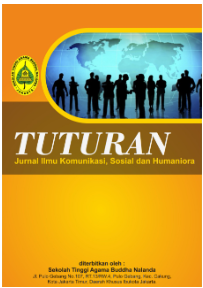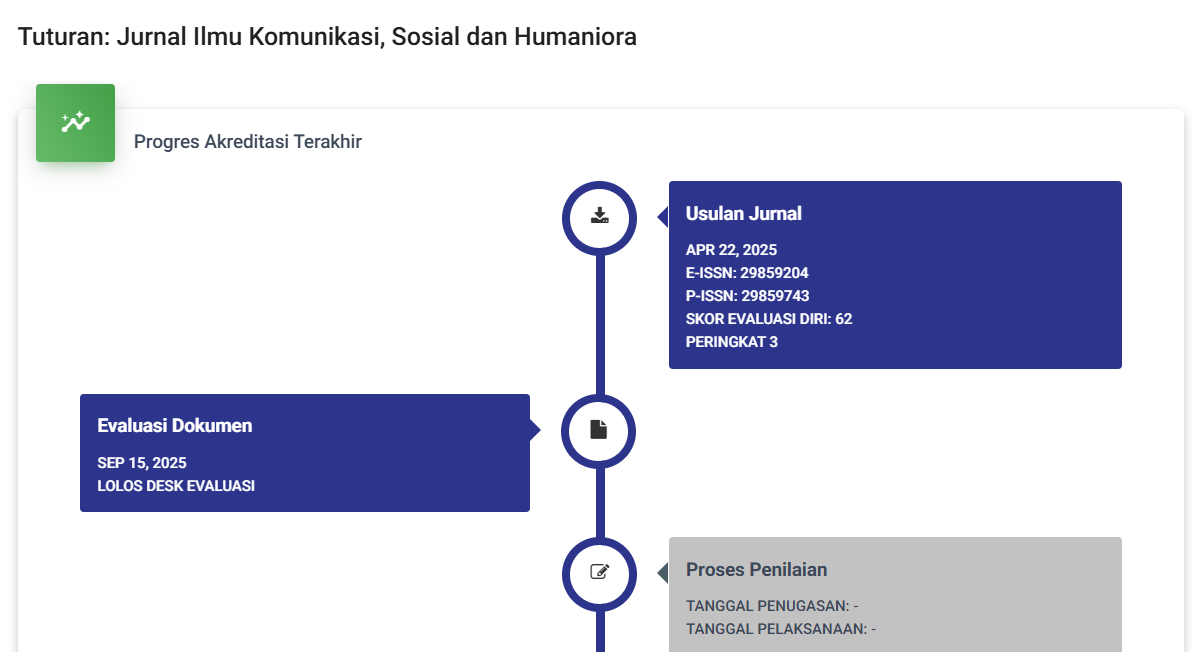Analisis Kekuasaan Perempuan dalam Film Jangan Salahkan Aku Selingkuh
DOI:
https://doi.org/10.47861/tuturan.v3i1.1589Keywords:
Film, Mass Communication, Social Messages, Narrative, CinemaAbstract
Film is one of the mass communication media that has a significant power in delivering messages to audiences. As a form of art and entertainment, film not only serves as a means of recreation but also as a tool for conveying values, ideologies, and social criticism to society. This study aims to analyze the representation of women's power in the film Jangan Salahkan Aku using Roland Barthes' semiotic approach. The analysis is conducted using the concept of lexia and Barthes' five reading codes, namely the hermeneutic, proairetic, symbolic, cultural, and semic codes. The findings indicate that women's power in this film is represented through narrative and visual elements that emphasize women's positions in power relations, both in domestic and social spheres. This study contributes to understanding how cinema constructs and reflects the representation of women's power through a complex system of signs.
References
Barthes, R. (1974). S/Z: An essay. Hill and Wang.
Bordwell, D., & Thompson, K. (2017). Film art: An introduction (11th ed.). McGraw-Hill Education.
Butler, J. (1990). Gender trouble: Feminism and the subversion of identity. Routledge.
Chaudhuri, S. (2006). Feminist film theorists: Laura Mulvey, Kaja Silverman, Teresa de Lauretis, Barbara Creed. Routledge.
Gauntlett, D. (2008). Media, gender, and identity: An introduction (2nd ed.). Routledge.
Hall, S. (1997). Representation: Cultural representations and signifying practices. Sage Publications.
hooks, b. (1992). Black looks: Race and representation. South End Press.
Kaplan, E. A. (1983). Women and film: Both sides of the camera. Methuen.
Kaplan, E. A. (2000). Feminism and film. Oxford University Press.
Mulvey, L. (1975). Visual pleasure and narrative cinema. Screen, 16(3), 6–18. https://doi.org/10.1093/screen/16.3.6
Smith, A. (2019). Gender representation in contemporary cinema: Shifting paradigms. Journal of Film Studies, 45(2), 30–45. https://doi.org/10.xxxx/jfs.2019.45.2.30
Stam, R., Burgoyne, R., & Flitterman-Lewis, S. (1992). New vocabularies in film semiotics: Structuralism, post-structuralism, and beyond. Routledge.
Tasker, Y. (1998). Working girls: Gender and sexuality in popular cinema. Routledge.
Thornham, S. (1999). Feminist film theory: A reader. New York University Press.
Van Zoonen, L. (1994). Feminist media studies. Sage Publications.
Downloads
Published
How to Cite
Issue
Section
License
Copyright (c) 2024 TUTURAN: Jurnal Ilmu Komunikasi, Sosial dan Humaniora

This work is licensed under a Creative Commons Attribution 4.0 International License.








